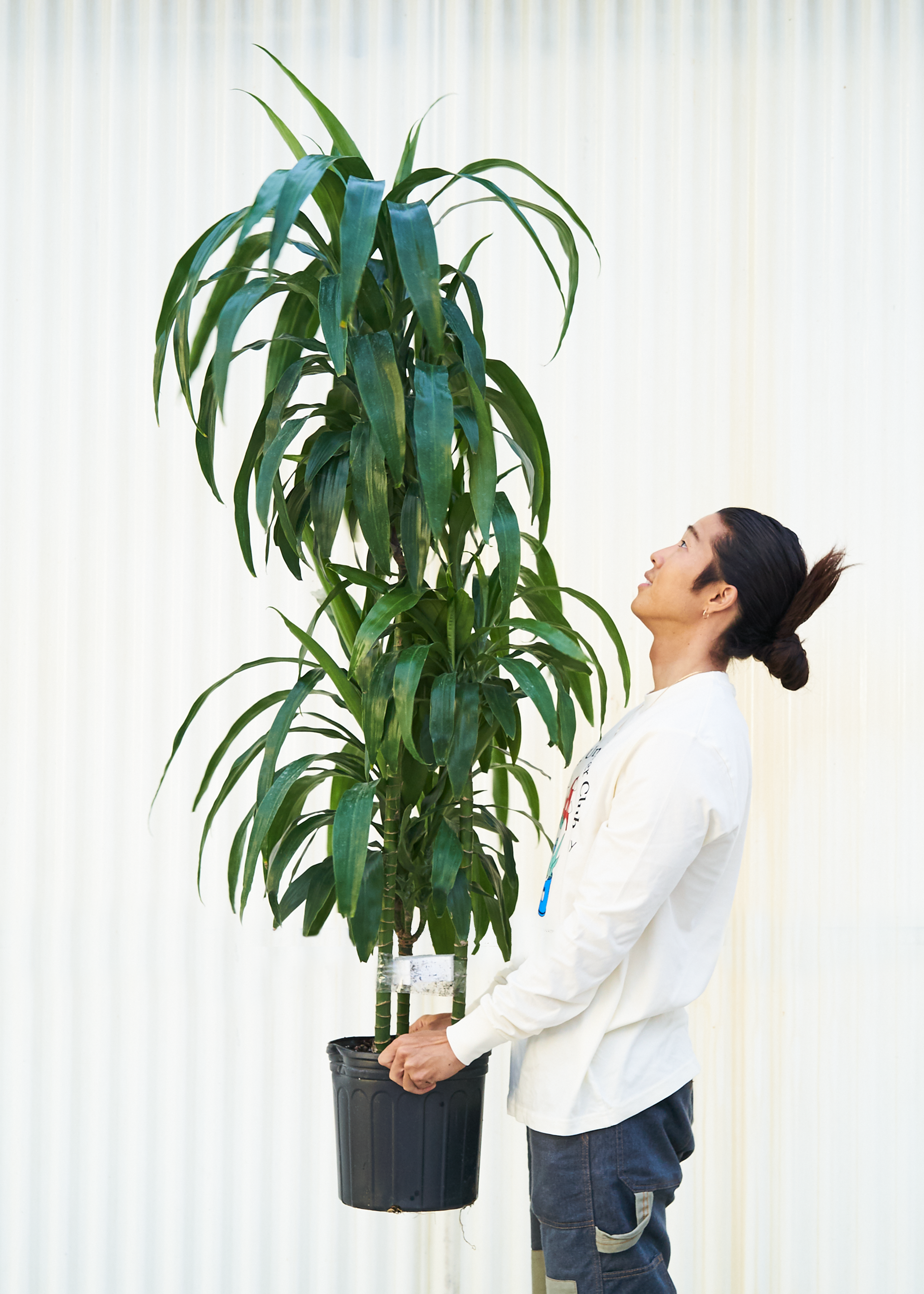Black Anthurium Care Guide
About Black Anthurium
The Black Anthurium (Anthurium andraeanum), also known as the Black Flamingo Flower, is a tropical plant admired for its near-black blooms and glossy, heart-shaped leaves. Native to the rainforests of Colombia and Ecuador, it brings bold contrast and elegance to houseplant collections.
Thriving in USDA zones 10-12, the Black Anthurium grows up to 2 feet tall and wide, producing long-lasting flowers year-round. Its moderate care level suits plant lovers with some tropical plant experience.
Although not pet-friendly, it symbolizes hospitality, abundance, and passion, making it a meaningful gift or decor accent. To expand your collection, explore vibrant Red and Pink Anthurium varieties.
Anthurium Benefits
- An air-purifying indoor plant that removes toxins
- Produces long-lasting flowers that bloom year-round
- Enhances mood and creativity with its rich, dramatic color
- Makes a bold focal point in modern interiors
- Anthuriums symbolize hospitality and abundance
Anthurium Care: Growing Tips
Black Anthurium care requires consistency, mimicking the warmth and humidity of its tropical habitat. With the right light, water, and soil balance, this plant rewards you with glossy leaves and vibrant blooms.
Black Anthurium: Light Requirements & Temperature
- Light: Place your Black Anthurium in bright, indirect light to encourage healthy foliage and flower production. Exposure to direct sunlight in the morning won’t harm the plant, but the afternoon sun can scorch the leaves and fade the dark flower color.
- Temperature: Maintain temperatures between 65°F and 80°F. The Anthurium Black prefers steady warmth and should be kept away from drafts, air conditioners, and heaters.
Anthurium Black: Watering & Humidity
- Watering: Keep the soil evenly moist but never waterlogged. Water when the top inch of soil feels dry, ensuring excess moisture drains freely from the pot.
- Humidity: High humidity levels of 60% or more are ideal for the Black Flamingo Plant. Use a pebble tray or humidifier to maintain consistent moisture in the air.
Black Anthurium: Soil, Fertilizer, and Repotting
- Soil: A loose, well-draining mix of peat moss, pine bark, and perlite supports the plant’s roots and prevents rot.
- Fertilizer: Feed your Black Anthurium every 6-8 weeks during spring and summer using a diluted, balanced liquid fertilizer for tropical plants.
- Repotting: Repot every 2-3 years or when the roots outgrow the container. Move it into a pot one size larger to maintain steady growth and airflow around the roots.
Black Anthurium: Propagation
To propagate your Black Anthurium, divide the root clump during repotting. Gently separate a section with healthy roots and at least one leaf, then plant it in fresh potting mix. Keep the new plant in a warm, humid spot with indirect light until it becomes established.
Black Anthurium: Problems and Pruning
Common problems include yellowing leaves from overwatering and brown leaf tips resulting from low humidity. Trim away any damaged or discolored leaves to maintain the plant’s health and appearance. Regular pruning also encourages new growth and helps retain its symmetrical shape.
Black Flaming Plant: Companion Plants & Placement Options
The dramatic Black Flamingo Plant pairs beautifully with other vibrant or variegated tropicals. Its bold look complements colorful collections or minimalist decor.
Great to Place on
Display your Black Anthurium on a side table, office desk, or plant stand near a bright window. It also adds a touch of sophistication to living rooms, bedrooms, or entryways.
Black Anthurium Grows Well With
- Lipstick Plant: The Lipstick Plant provides a vivid contrast with cascading red blooms that highlight the Anthurium’s dark flowers.
- Song of India Plant: The Song of India Plant offers striking variegated foliage that complements the Anthurium’s glossy leaves.
- Variegated Peace Lily: The Variegated Peace Lily brings a light, tropical balance to the Black Anthurium’s deep tones.
Shop for Black Anthurium at Hey Rooted Now!







4"-7" height


6"-18" height


10" to 24" height


1.5-3' height


2-3.5' height

